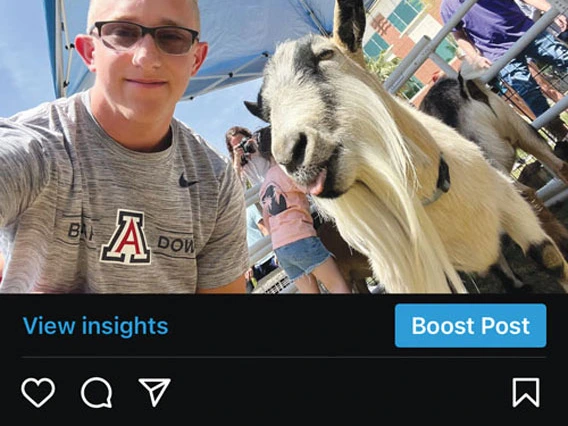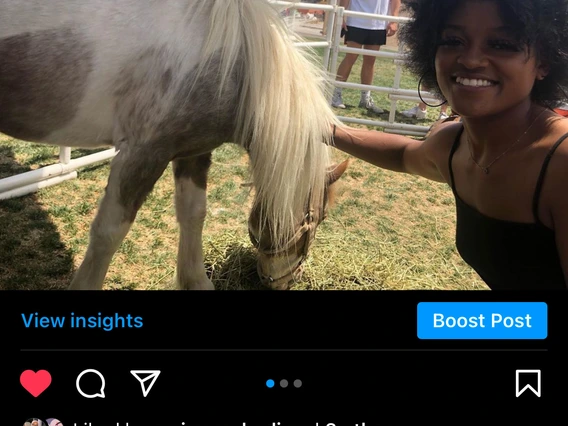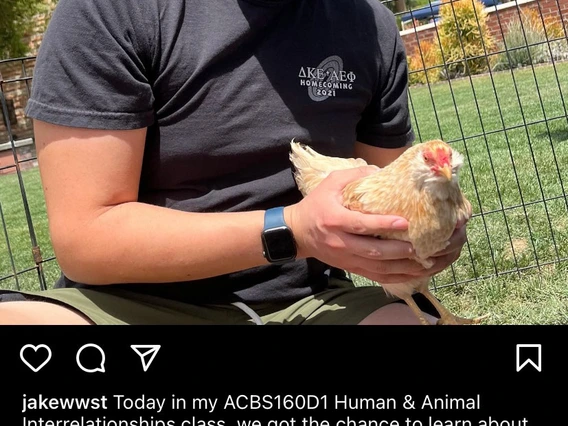Animal encounters connect students to animals

Photo by: Kylee Clinton
Though the rates of dog and cat ownership in the US and even in other countries is steadily climbing, fewer people have a chance to ever meet and interact with other domesticated animals. Since the Industrial Revolution and the resulting massive population shift into urban centers and now suburban living, people only see animal products but not the individual live creature. They see milk cartons but not a cow, or eggs but never a chicken.
For this reason, as a part of ACBS 160, the introductory class on “Human and Animal Interrelationships”, course instructors Dieter and Netzin Steklis, make an effort to bring animals to campus through their “Animal Encounters” extra credit activity. The opportunity facilitates interactions between students and live animals, and while brief, encourages curiosity and connection to them. Several students commented that they loved this class activity because they had never interacted with either a horse, chicken, rabbit, or goat before and are thankful for the opportunity to just be with them.
About the activity, Netzin Steklis says, “What we find is that when students have the opportunity to interact with animals, they quite naturally find their own way to connect what they have learned about domesticated animals to their own interests and background”.
A few examples of those connections were: A student who was a history buff loved to hear about the importance of chickens for the Roman army; A student who likely had a family tradition of deer hunting, was amazed to find out that just like deer, a female rabbit is called a doe and a male is a buck; Another student who sat for a long time with a rabbit took a special interest in the fact that rabbits are used as therapy animals to alleviate anxiety; One student that suffered from cat allergies learned that if you are allergic to cats you are most certainly allergic to rabbits too!
N. Steklis goes on to say, “I also hope that with this one-on-one contact with animals students continue to build understanding, respect, and ultimately practice more humane treatment of animals we keep as pets or livestock”.
To measure the impact of the course and the animal encounters activity on students beliefs, students were given a survey which asked them to rate how much they agree or disagree with statements about their attitudes towards animals or animal welfare. 556 of the students in the spring course responded, with the majority indicating they expanded their view of domesticated animals:
This course changed my attitude (i.e., my feelings, beliefs or behaviors) toward one or more domesticated animals. Strongly agree or Agree = 73% of responding students.
This course led me to think differently about the welfare of domesticated animals. Strongly agree or Agree = 77% of responding students.
This data shows that learning about animals, their long history with people, and their influence on human culture and biology, coupled with a close encounter ‘of the animal kind’, enhances students’ appreciation of their connection to, and humane treatment of, animals.
N. Steklis was particularly heartened by these compelling statistics and says, “That is motivation for me to continue the extra effort for this extra credit activity”.







